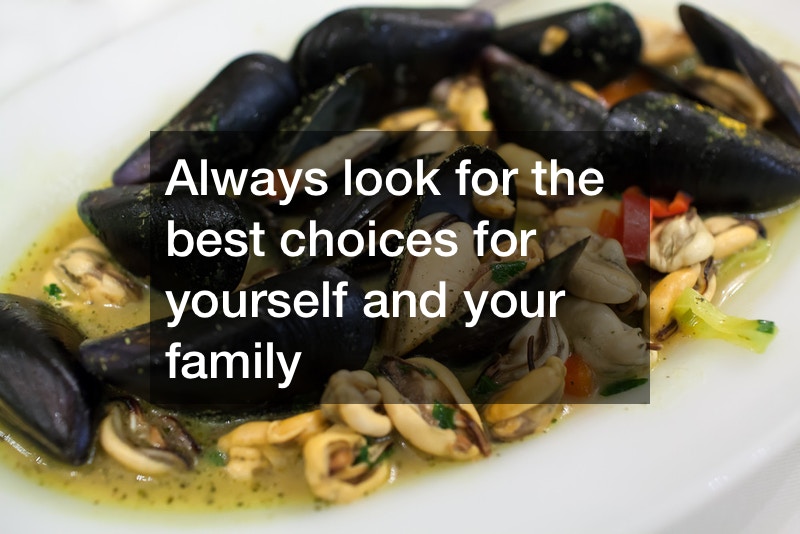
Sustainable seafood at local restaurants means that the seafood is caught or farmed in ways that keep the ocean and freshwater bodies unpolluted and protected. The best seafood restaurants will buy farm-raised seafood or wild-caught seafood that uses no antibiotics or chemicals to process it.

Countries that have good fishing practices are the United States, New Zealand, Russia, Iceland, and Norway. When you purchase it or buy it from a restaurant, ask if it is farm-raised or wild-caught.
The best seafood restaurants will answer your questions directly.
Also, check to see if the restaurants have certification for selling or serving sustainable seafood. Some organizations to look for are the Aquaculture Stewardship Council, Friends of the Sea, Natureland, Canada Organic Aquaculture Standards, or Marine Stewardship Council.

Professional organizations often inspect the restaurants and give them plaques to show certification. When you eat out, look for the best carry-out seafood near you or in your neighborhood. Always look for the best choices for yourself and your family.
During this video, Livestrong’s Vice President and GM, Jess Barron, travels to La Paz, Mexico, and shares her experience discovering a healthier and more environmentally-friendly fish-farming method.
Most people haven’t witnessed commercial fish farming. As a result, they don’t know where their fish comes from, what dangers could be inside, or how we are draining our oceans filled with beautiful wildlife. If we keep this up, we could run out of seafood completely by 2048.
There are two ways to get fish from the ocean to your table: wild-caught and farm-raised. Most commercial fishing companies do not have our best interests in mind. They don’t care much about the fish or other ocean-living species either.
Fishing company executives needed to maximize their profit while minimizing their risk. The solution they came up with was to put as many fish as possible in a confined area and treat them with hormones and antibiotics to ward off diseases. Continuing to do this is not the healthiest solution; however, it is the greediest.
Barron toured Omega Blue’s hatchery and got the chance to not only swim with their Baja Kanpachi fish but hear firsthand how their open-ocean aquaculture method works.
This unique and sustainable process starts with about a dozen fish in a pool. This gives the fish enough room to breathe and breed. The offspring are cared for until they are old enough to be released into the open ocean pens, where they will grow for the next year and a half.
Omega Blue has only taken 100 fish from the ocean and has produced over 500,000 using this method. In contrast, other unsustainable practices require putting out a huge net and capturing whatever swims in. This endangers other species that are swimming among the fish. Many of these sea animals die before even reaching the surface.
People have recently shown increased concern about where their beef or chicken comes from but seem to forget about their seafood. Fortunately, this has sparked a movement that can transfer to seafood if we only raise more awareness.
Change starts with the consumer. The more we demand, the more we’ll see a shift in seafood sourcing.
The best seafood restaurant in your area could be serving fish that aren’t necessarily healthy. Ask questions and know where your food is sourced. Knowledge is power. If we all continue to educate ourselves on the best and most nutritious choices, we can make a difference in our lives, other people’s lives, and our planet.
